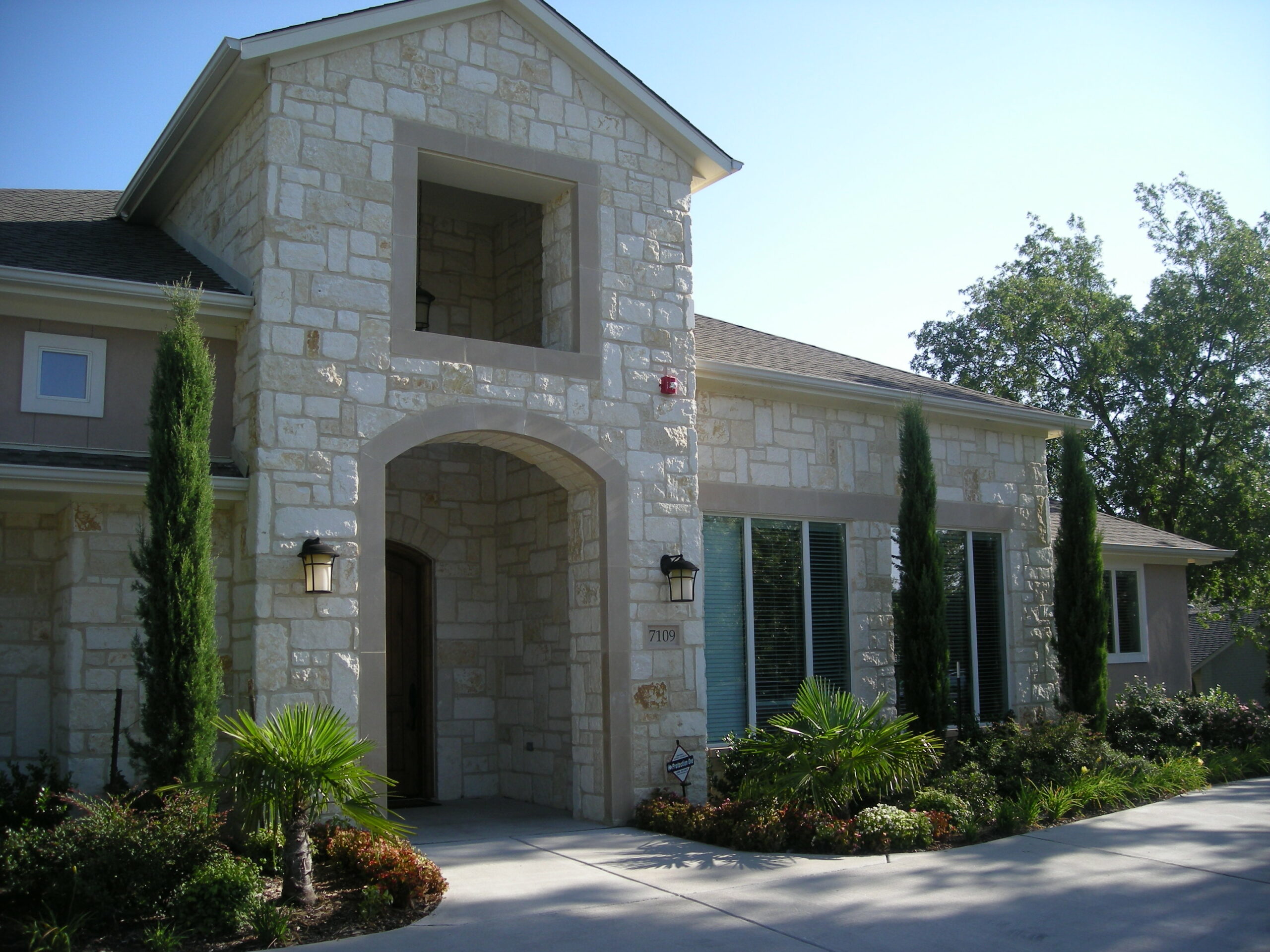Senior living facilities were on the forefront of the spread of COVID-19, and many were caught off guard by the infectiousness of the disease. The pandemic has changed the way many of these communities and facilities operate forever. Limiting visitors, changing shift times, and pausing contracts with vendors were just some of the problematic decisions operators had to make to preserve their residents’ safety.
Adam Lampert is CEO of senior living operator Manchester Care Homes and Cambridge Caregivers, an in-home non-medical service provider. Manchester consists of four neighborhood homes that each have eight bedrooms.
While Manchester is a relatively small operator in the space, Cambridge has seen growth explode, up 70 percent year over year despite the pandemic. It consists of 120 caregivers who provide in-home services like shopping, bathing, and recovering from surgery.
At Manchester, Lampert says they changed shifts for staff from eight to 12 hours to limit the number of staff who are in contact with the residents in a given day. Senior management avoided visiting the houses, and managers that usually floated between homes were assigned to just one. At times, the staff had worked multiple jobs with other providers to make more money. Still, the company restricted the team from working at other companies and raised their salary to compensate for the restrictions. “They may be giving up a job, so this was battle pay and loyalty pay,” Lampert says.
Outside caregivers or vendors were not allowed in the homes for a period, and the staff was monitored closely to make sure they and their families weren’t ill. For an industry in close contact with a vulnerable situation, Lampert and staff communicated the importance of limiting exposure. “They want to work and need to work,” Lampert says. “We were imploring them to please speak up if there is a problem, and if their kid is sick, stay home.” They hadn’t had a case through the summer so far.
At Cambridge, the company limited the number of engagement a caregiver could work on, making sure that each person only worked with two clients. The limitation was difficult and costly. They had to stop contact with one-third of clients who didn’t meet the minimum number of 20 hours per caregiver. One client tested positive for COVID-19 and four staff throughout the pandemic, though three had no symptoms. One was hospitalized and ended up on a ventilator, but recovered. Despite the limitations, June and July were two of the highest volume months for Cambridge.
Fear and anxiety have been high amongst staff during this time, with worries about infecting residents and clients balanced with concerns about bringing illness to their own families. Many chose to stay home rather than risk their safety, which the company supported. Government funding provided for that flexibility with the staff.
As restrictions lifted on senior living communities, and threat levels went down in North Texas, life is slowly returning to normal for these facilities and homes. But accommodations like increased telecommunication in the homes, better sanitation, and protective equipment are most likely here to stay.
“We grapple with a lot of the same things big guys do,” Lampert says. “It is challenging to come up with guidelines to fit all circumstances, but we do our best to work within those parameters.”






